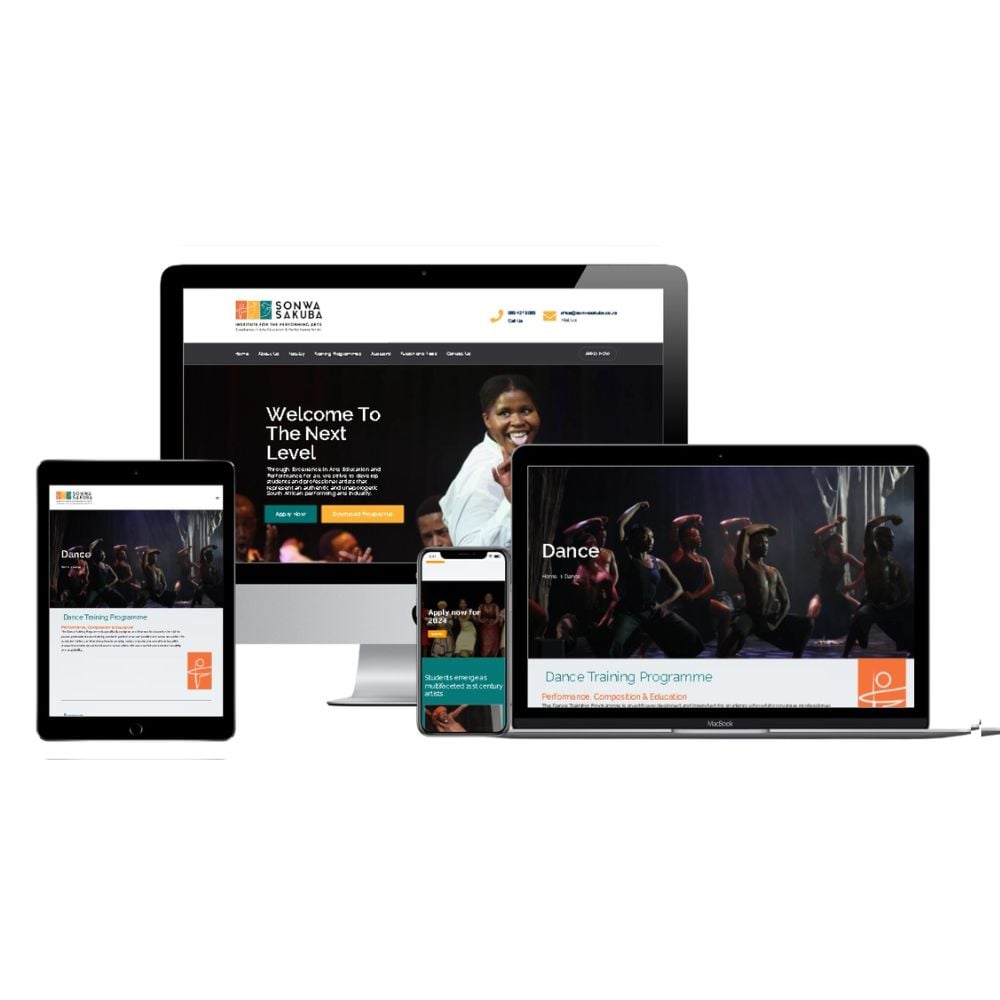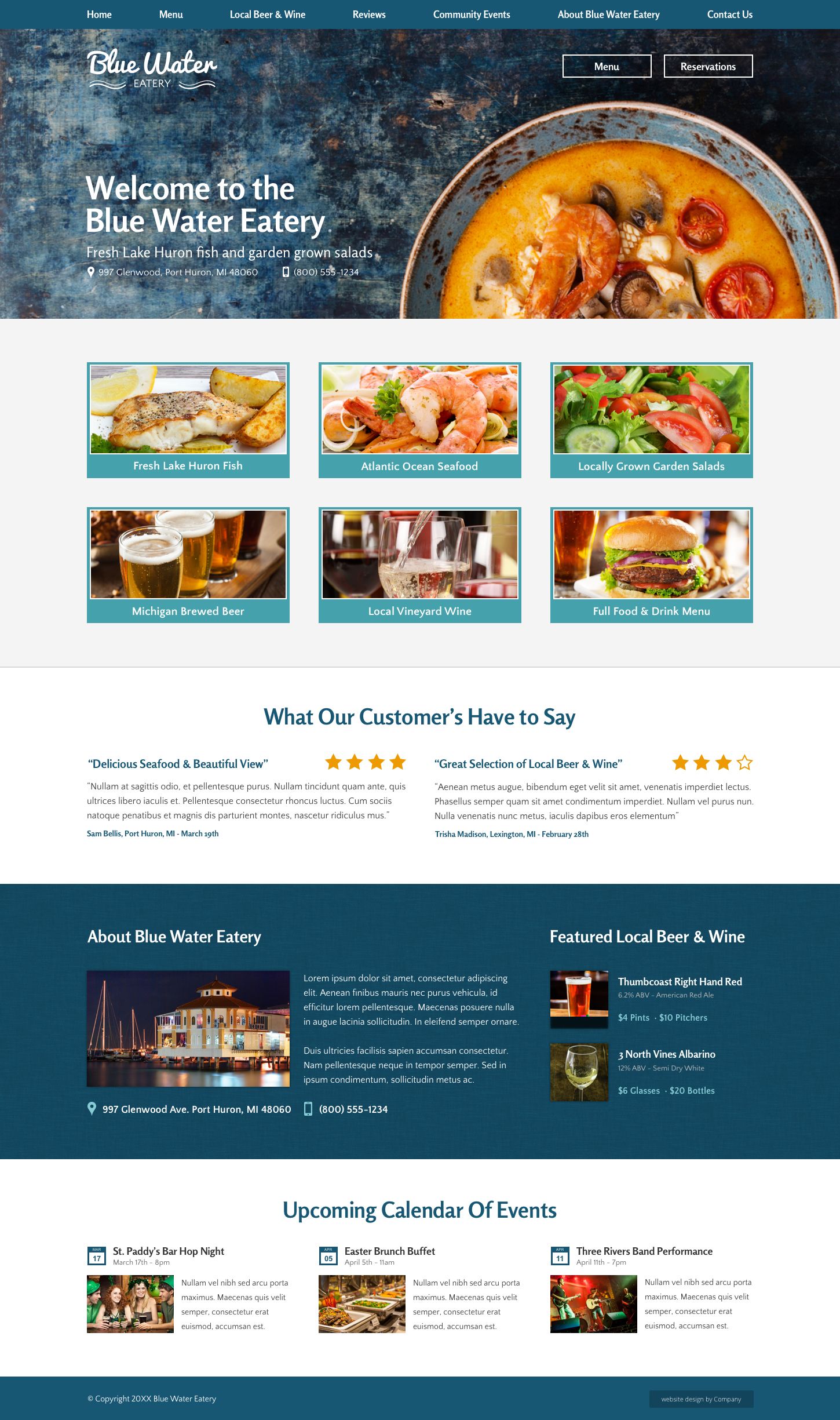Unlock the Secrets to Reliable Website Design for Your Organization Development
Unlock the Secrets to Reliable Website Design for Your Organization Development
Blog Article
Key Methods for Implementing User-Centric Website Style to Increase Involvement
When considering the execution of user-centric web site design, certain methods contribute in increasing involvement. Extensive research study right into individual needs and choices forms the structure, directing the development of individual identities to notify style selections. Intuitive navigation and responsive user interfaces are important, guaranteeing simplicity of accessibility throughout all devices. At the same time, individualizing material enhances user complete satisfaction, and durable access functions broaden reach. These techniques jointly cultivate a more purposeful online experience. However how do these components come together efficiently, and what sensible steps can be required to ensure their effective integration?
Understanding Individual Needs
Recognizing customer needs is an essential step in the procedure of user-centric web site style. Techniques such as studies, meetings, and user screening can supply important qualitative and measurable information concerning how customers engage with the site.
Evaluating this information permits developers to create comprehensive customer identities that represent the different sections of the target audience. These personas assist notify layout decisions by highlighting certain user objectives and difficulties, leading the growth of functions that deal with these requirements efficiently. Recognizing the context in which customers run-- such as their environment, gadget preferences, and time constraints-- can even more fine-tune the layout technique.
Empathy plays a crucial role in this process, enabling designers to see the website from the individual's perspective. By prioritizing customer requirements, the design process ends up being extra concentrated, preventing the incorporation of unneeded elements that might mess the individual experience. Eventually, a deep understanding of user needs is crucial in crafting a website that is both practical and meaningful.
Creating Instinctive Navigating
Having established a thorough understanding of customer needs, the next action in user-centric website style entails developing user-friendly navigating. Reliable navigating is basic to individual complete satisfaction, influencing just how conveniently customers can discover details and full jobs. To attain user-friendly navigation, designers must prioritize simpleness and clearness, making certain that the navigating structure is sensible and constant throughout the site.
Organizing material right into a clear power structure is essential. Website Design. Using familiar labels and icons can guide individuals effortlessly, reducing cognitive load and improving the general customer experience. A well-designed navigation bar must be plainly positioned, enabling users to identify their existing location and quickly discover various other sections of the site
It is also important to incorporate interactive components such as breadcrumbs and search performances to help users in navigating facility websites. These features offer extra pathways and boost the access of web content, dealing with numerous customer choices and habits.
Examining navigation with real users is necessary to determine prospective discomfort points and guarantee performance lines up with customer assumptions. Routine feedback loops and iterative enhancements can aid preserve an efficient navigating system that adjusts to evolving customer needs, inevitably boosting involvement and complete satisfaction.
Developing Receptive User Interfaces
Invariably, creating responsive interfaces is a pivotal aspect of modern-day website design, ensuring that web sites are easily accessible and functional throughout a plethora of devices and display sizes (Website Design). This flexibility is essential in a landscape where users access content via mobile phones, laptops, tablet computers, and desktop computers, each with differing resolutions and positionings. The primary goal of receptive design is to enhance customer read this post here experience by preserving optimum readability and use, despite the gadget used
To accomplish this, web developers employ adaptable grid formats, fluid pictures, and CSS media inquiries. Adaptable grids allow web site components to resize proportionally, while liquid pictures ensure visuals scale properly without losing high quality. Media queries play a crucial role by using different styles based on the device's attributes, such as size, elevation, and orientation, therefore customizing the design to the customer's screen.
Additionally, responsive user interfaces contribute to enhanced search engine optimization (SEARCH ENGINE OPTIMIZATION) by offering a seamless user experience, which consequently can lower bounce prices and boost site interaction. In summary, taking on receptive style is not just a technological factor to consider however an essential technique for promoting a user-centric web setting that satisfies the needs of a diverse target market.

Customizing Web Content Experience
Customizing content experience is an important component of user-centric site layout that entails customizing material to meet the one-of-a-kind preferences and actions of specific users. This approach not only enhances user complete satisfaction however additionally cultivates much deeper involvement, as site visitors are most likely to communicate with web content that resonates with their needs and interests. By leveraging information analytics and individual comments, services can determine patterns and trends that inform the personalization of internet material.
Incorporating customization approaches can vary from easy modifications, such as recommending items based on browsing history, to more advanced techniques like dynamic content that adjusts in real-time to an individual's communications. As an example, customized touchdown pages can considerably enhance conversion prices by supplying users with appropriate information and supplies that line up with their previous tasks and preferences.
Moreover, see here now making use of synthetic intelligence and machine discovering can further fine-tune material personalization by continually gaining from user behaviors and adapting to arising trends. This not just enhances the individual's journey however likewise builds brand name loyalty, as customers feel comprehended and valued. Ultimately, customizing the web content experience is a crucial technique for organizations aiming to create a much more appealing and meaningful interaction with their audience.
Enhancing Accessibility Attributes
Enhancing access features is a fundamental element of user-centric internet site layout, ensuring that digital content is usable by everybody, including people with impairments. This strategy not only complies with lawful requirements such as the Americans with Disabilities Act (ADA) and the Web Material Ease Of Access Standards (WCAG) however also substantially widens a website's target market reach. By incorporating features like key-board navigating, display viewers compatibility, and alternative text for images, websites become a lot more comprehensive, supplying a seamless experience for users with visual, auditory, or electric motor problems.
Integrating receptive style elements is crucial, promoting access on numerous gadgets and screen sizes, thus fitting individuals with various preferences and requirements. Furthermore, comparison ratios and text dimension changes can boost readability for people with visual obstacles. Giving clear and succinct web content framework, such as checklists and headings, aids comprehension and navigation, especially for individuals with cognitive impairments.
Routine access audits must be conducted to recognize and correct possible barriers, making certain ongoing conformity and usability. By focusing on availability, companies not just foster inclusivity but likewise boost general customer engagement and fulfillment, ultimately driving higher conversion prices and reinforcing brand commitment.

Verdict
Incorporating user-centric style strategies significantly enhances web site involvement by focusing on the needs and choices of customers. Comprehensive study helps with the development of individual characters, assisting targeted layout choices.
Thorough study into user demands and choices develops the structure, assisting the production of customer identities to inform design options. Techniques such as you could check here surveys, interviews, and user testing can provide beneficial qualitative and quantitative data regarding how customers interact with the website.
By focusing on individual needs, the style procedure becomes more concentrated, avoiding the inclusion of unneeded aspects that might mess the individual experience. Effective navigating is fundamental to individual satisfaction, affecting exactly how easily individuals can discover information and full jobs. The use of familiar labels and symbols can direct customers easily, lowering cognitive tons and enhancing the overall customer experience.
Report this page